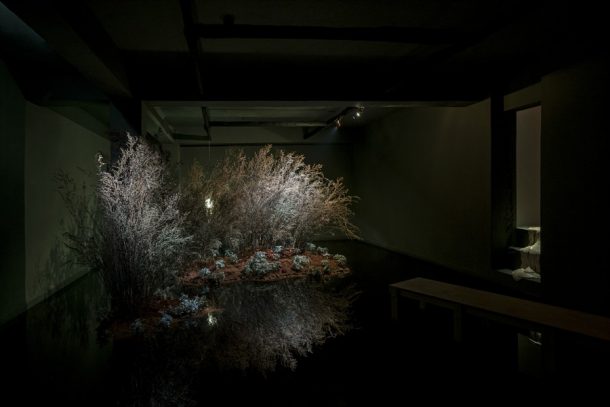
Juree Kim is currently the V&A Korea UK Ceramic Resident. Since majoring in sculpture, she has participated in various international exhibitions, including the first China Central Biennale, Taiwan Ceramic Biennale, Icheon Interntional and British Ceramic Biennale. Juree currently has work on display in the V&A’s Contemporary Korean Ceramics display in room 146, level 6.
Juree Kim is an artist who has a keen interest in our ever changing and sometimes disappearing physical environment. She uses medium-specific properties to offer a sensational description of scenes captured in our daily lives in Korea or of a place we wish to escape to. In her installation series Impermanence, a site specific work which was displayed in three different spaces in Korea, she filled the space with dry mug-wort and artificial lighting, creating an environment where visitors believe they are in the middle of an unknown mysterious place.
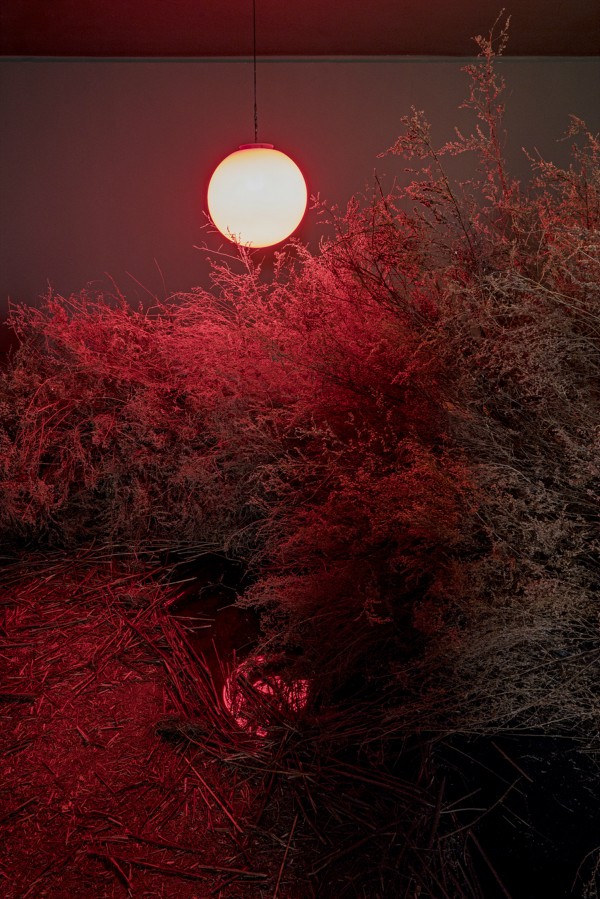
A large part of the installation is filled with Leaves of Jacobaea Maritime which Juree discovered by accident during her travels. She was fascinated that the leaves turn pale white under the sunlight while exuding vividness and when the plants are dying in wet areas, strangely the color changes to green. The surrounding sound in the space is that of the soil absorbing the water and with the unique fragrance of mug-wort and intense thick air, and iterations of glittering artificial light brings the visitor’s senses to confusion whereas a strange digital-analog combination delivers a new, sense-stimulating experience.
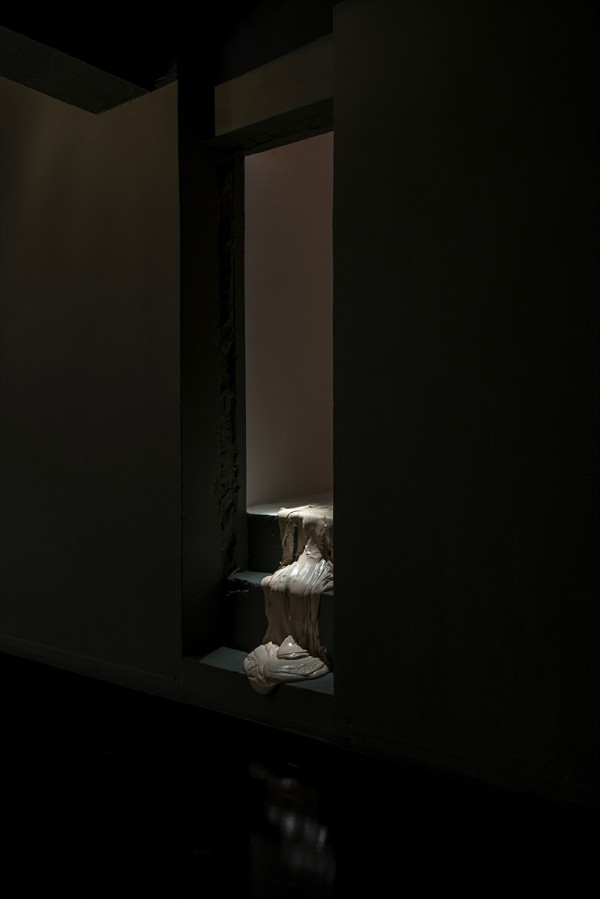
Below we hear from Art Critic Ahn Soyeon during his visit to <Impermanence III> at Project Space Sarubia:
Correspondence with Disappearing Landscape
Unexpected landscapes fill the space completely. Pitch darkness and strong scent of mugwort, sporadic blinking of lights, identifiable sounds are all revealed immediately without conjuring up any scene. The corridor leading to the venue was so narrow that the viewer was subjected to face these ambiguous landscapes all by him/herself. Ambiguous due to the immeasurability of each landscape’s dimension. At the end of the road, the movement of abstract forms without substance constantly stimulates our senses, similar to the signals that we could detect from the overall landscape.
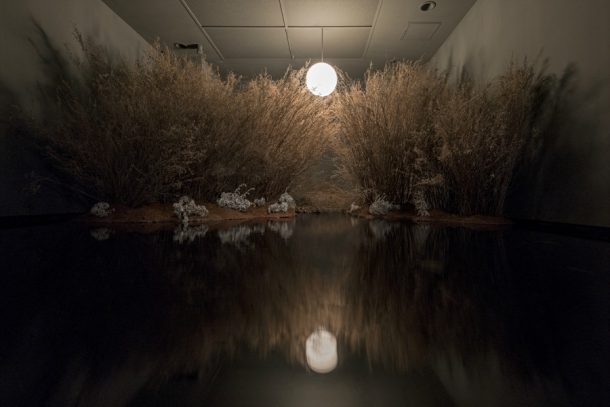
Kim Juree’s <Impermanence>(2017) is a landscape. It is linked to what the artist had been working on for years on end, the <Disappearing Landscape>. This series(2011-2017) displays the process of demolishing diminished versions of actual buildings right after they were created; an attempt to grasp coincidental signals that could be sensed through the present landscape, beyond reality. Her first <Disappearing Landscape> series depicted the Hwigyeong-dong area of Seoul which was going through urban redevelopment at the time. Kim made models of the would-be-demolished-houses out of earth and when the exhibition began, she would pour water onto the houses little by little. The viewers could observe how the houses slowly collapsed from the bottom. The <Disappearing Landscape> series does not solely focus on the social issue of redevelopment. Rather, the artist talks about the memory that is implied by a certain landscape of reality, and the senses issued from unreal dimension of such memory. In this vein, faced with the establishment and extinction of particular forms that she had presented to us, we ironically develop a certain hazy nostalgia for the memory of the past time which we had never witnessed as yet.
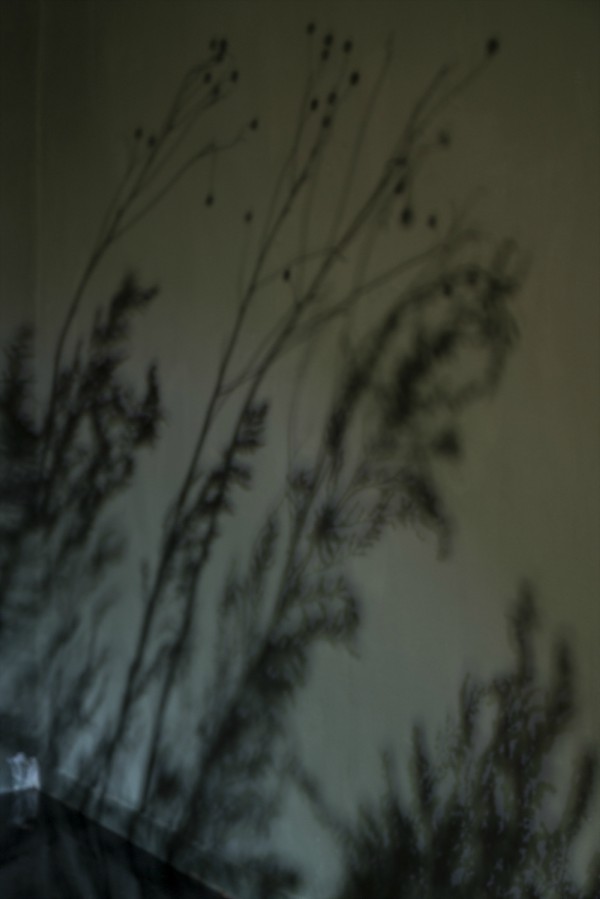
The interest on landscape which stemmed from the <Disappearing Landscape> series, seems to have expanded to a more abstract level of idea in <Impermanence>. In this exhibition where architectural landscape depicting a certain minimum nature of site has disappeared, Kim Juree gathered elements of landscape to make substitutes of extremely abstract time. They were like surreal mute signals sent from ‘discovered objects.’ For example, when she was traveling around a small European city, she found a plant with especially pale looking leaves so she had collected some. Back in Seoul, she had encountered this plant once again in a small alleyway in Seoul. She found out it is a wildflower called silver ragwort, and begins to grow it herself. Such accidental encounters in a totally different time and space acted upon her as phantom-like signals. From the uncanny situation in which a silver ragwort looks dead pale when alive but actually dies while going greener as ever, when watered too much, I could feel the context of ‘disappearing landscape’ which collapses by the force of water.
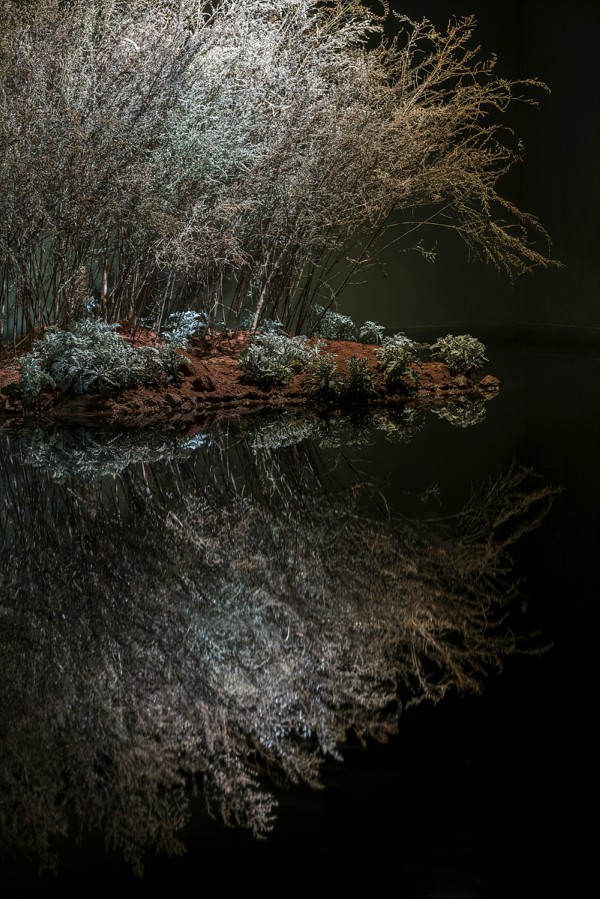
Furthermore, the scent of dry mugwort that filled up the whole space and the sound coming from an unknown place amplify the never-solved contradiction of this landscape. Kim Juree had taken up residency in a remote place far from the city and observed wild mugwort that grew in abundance near the area. Amid unfamiliar scenery, she had to face her imagination of unreal dimension. This plant which is camouflaged by its strong scent as if it is hiding something, is in itself a system of signals. Like a riddle, the plant calls upon the primitive which lies in such unfamiliar landscape or disappeared memory, once again. The space is divided by various sound waves that are difficult to guess the origin of sound. As a correspondence with a certain universe many light years away, these dumbfounding sounds of imagination are like secret codes difficult to decrypt. It sounds like something burning, or at other times, like something growing and moving in a huge primeval jungle. When you turn your eyes from the landscape and see the form of constant flowing down in the corner, while hearing the overlapping signal sounds, you can feel a different sense awakened by such unfamiliar sound, in the collapsing scene. That is to say, when you start to think such sound is some kind of signal sent to us from a certain form that is vanishing in a very explosive manner, the dynamic sound waves become extremely abstract. At the same time, they could become the substance of the unstable signals that predict imminent extinction. The identity of such immeasurable unreal sounds, in fact, is the minute soundwave collected while the landscape of dry bits of buildings made of earth were collapsing when watered in the <Disappearing Landscape> series. Such fine and secretive sounds issued by the whole process of growth and extinction are amplified in this exhibition, amid substances of other experiences. The amplified sounds criss-cross each other to newly conjure up the image of growth and extinction that lay dormant in the unfamiliar landscape. Just like the moonlight of a full circle that occasionally loses its shape to form a ripple temporarily on the surface of black water.
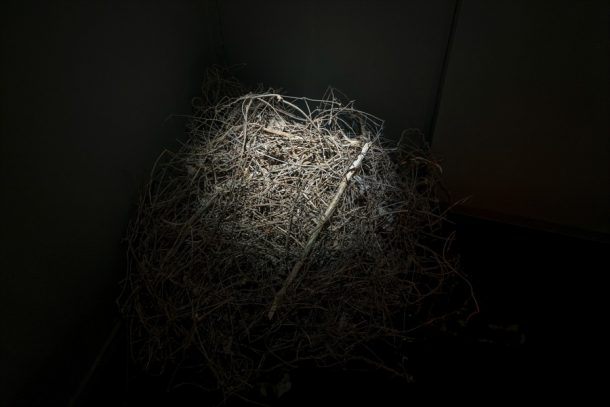
In such moment of ripple, the artist could endlessly strike conversation about experiences in different times that hide in landscapes of reality, numerous signals sent from landscapes at the verge of vanishing from the realm of reality, and the magical sense of a subject that is able to correspond with such unreal events.
Juree Kim is in residence at the V&A until the end of March 2018. She has regular pen Studios which are free, drop in and would be a great opportunity to see what she has been working on while at the V&A.
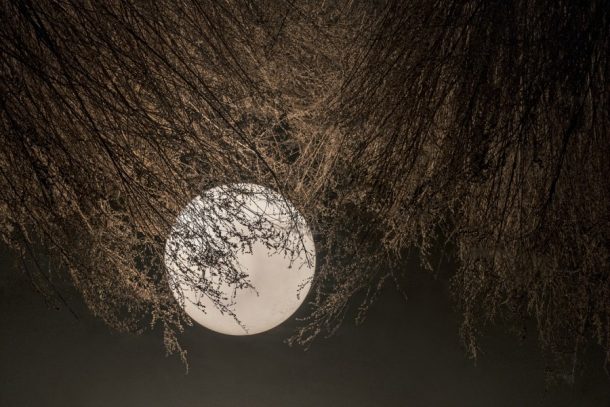
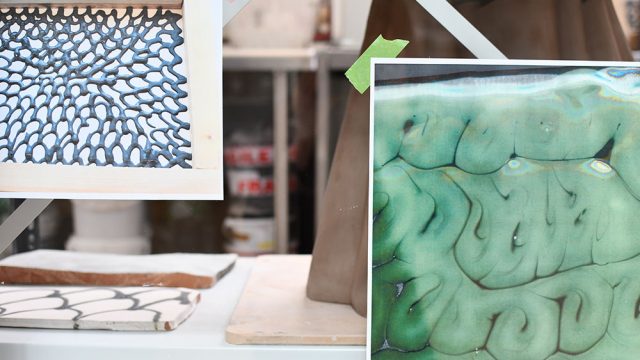
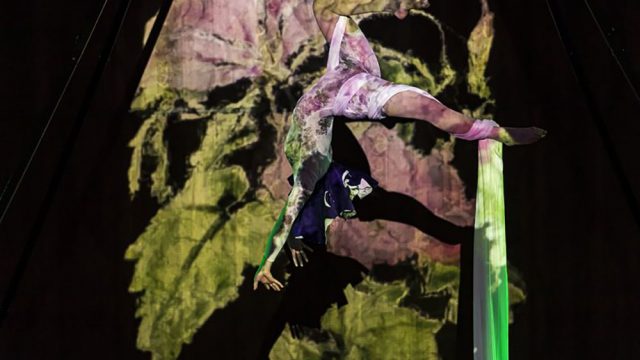
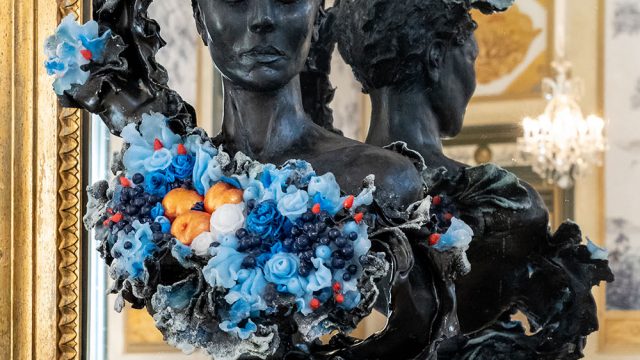
I am so grateful for your post.Thanks Again. Great post !!
Pretty! This was a really wonderful post. Thank you for providing these details.
May I simply say what a comfort to uncover somebody who genuinely understands what they are discussing over the internet. You definitely realize how to bring a problem to light and make it important. More people ought to look at this and understand this side of the story. I was surprised you’re not more popular given that you most certainly possess the gift.